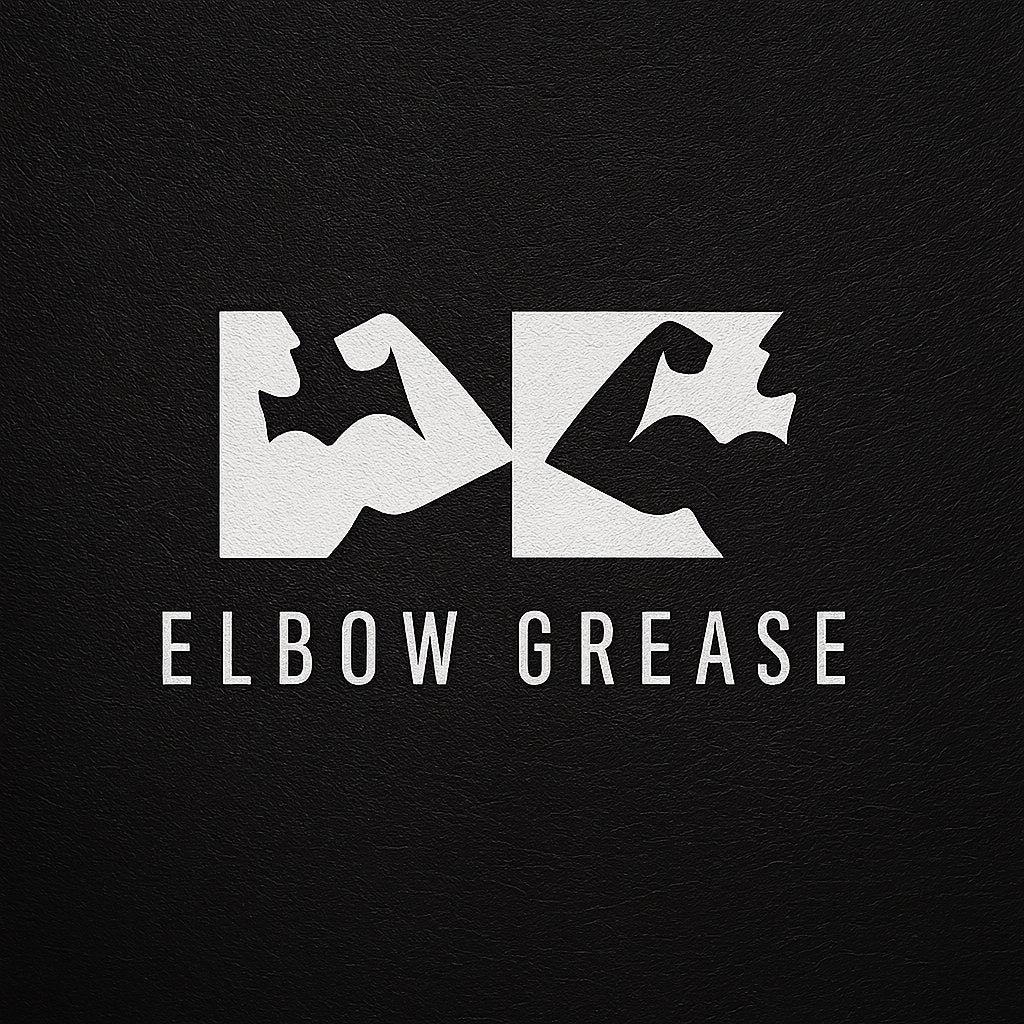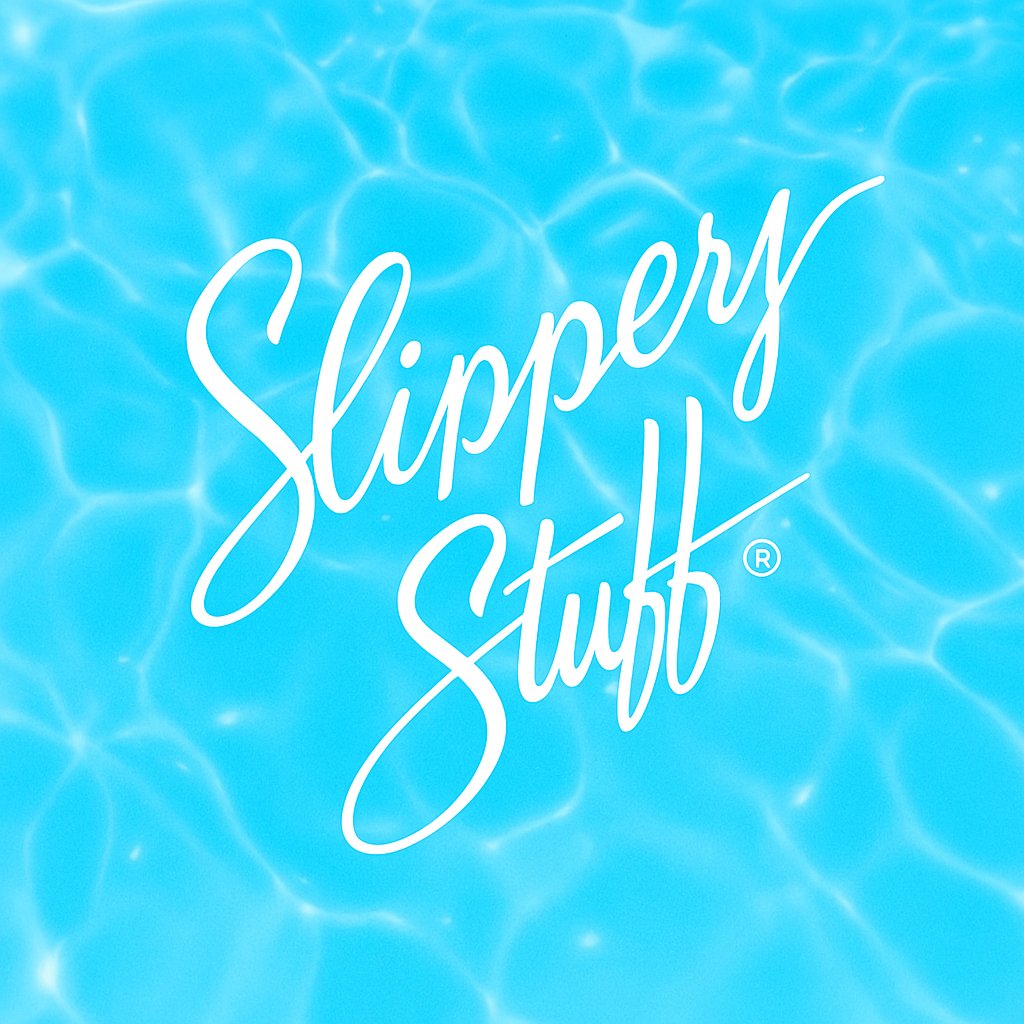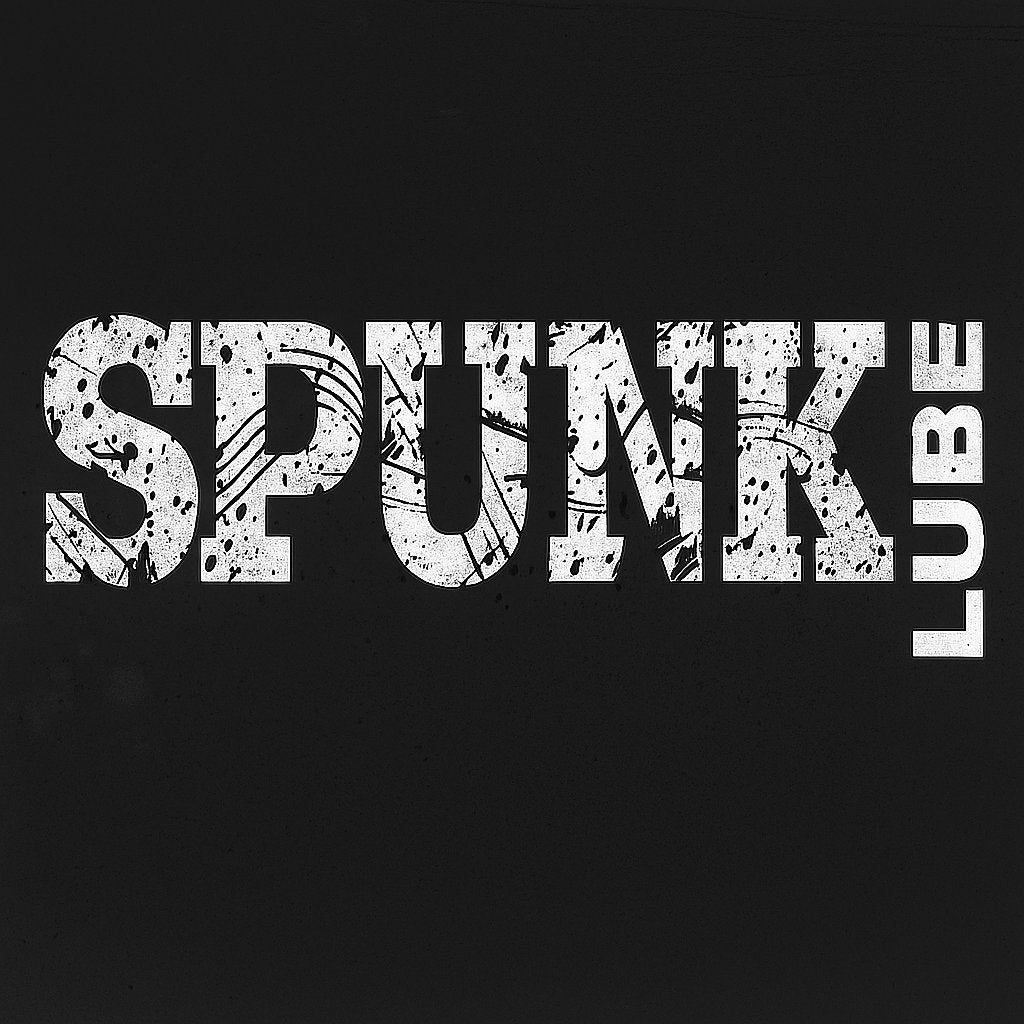Lubricant Types Explained: Water-Based, Silicone-Based, and Oil-Based
Choosing the right lubricant can make all the difference in comfort, safety, and performance. This guide breaks down the three main types—water-based, silicone-based, and oil-based—so you can find what fits your preferences and products best.
1. Water-Based Lubricants
Water-based formulas are the most versatile and widely used option. They’re lightweight, easy to clean, and safe for most materials—making them an excellent all-around choice.
-
Best for: Everyday use and compatibility with most toy materials.
-
Texture: Slick, natural-feeling, and quick to absorb.
-
Clean-up: Rinses away easily with water and leaves no residue.
-
Bonus: Available in specialized formulas—like thicker, gel-style blends or flavored options.
Explore trusted water-based options like Sliquid H2O or Swiss Navy Water-Based for dependable glide and easy clean-up.
2. Silicone-Based Lubricants
Silicone lubricants are known for long-lasting performance and a smooth, cushiony texture that doesn’t dry out. They’re especially popular for extended sessions or water environments where other formulas might rinse off.
-
Best for: Longer-lasting glide and use in water (showers, baths, etc.).
-
Texture: Velvety and ultra-slick, often needing fewer reapplications.
-
Clean-up: Requires mild soap and water or a gentle wipe-down—doesn’t wash off easily.
-
Caution: Avoid pairing with silicone toys unless the manufacturer confirms compatibility.
Top-rated options include Swiss Navy Silicone for extended lubrication or Sliquid Silver for a hypoallergenic, body-safe formulation.
3. Oil-Based Lubricants
Oil-based lubes are thicker, longer-lasting, and ideal for those who prefer a richer, moisturizing feel. They work well for external use but require care when pairing with other products.
-
Best for: External massage or moisture retention.
-
Texture: Heavy and creamy with a slow-absorbing finish.
-
Clean-up: Needs soap to remove fully—can stain fabrics.
-
Caution: Not safe for latex or polyisoprene condoms; can weaken the material.
Look for natural oil blends like Sliquid Natural for a gentle, skin-friendly feel. Always confirm compatibility if using with non-latex products.
4. Comparing the Three Types
-
Water-Based: Universal, easy to clean, safe with toys and condoms.
-
Silicone-Based: Longest-lasting, waterproof, great for sensitive skin (avoid silicone toys).
-
Oil-Based: Thick, moisturizing, not safe for latex or most toys.
5. Safety and Storage Tips
-
Check expiration dates – Old formulas can separate or lose consistency.
-
Store in a cool, dry place – Keep away from direct sunlight or heat.
-
Patch-test new products – Especially if you have sensitive skin.
-
Use body-safe brands – Trusted labels like Sliquid and Swiss Navy prioritize clean ingredients and medical-grade safety.
6. Frequently Asked Questions
Which type of lubricant is safest? Water-based lubricants are generally considered the safest and most versatile option for all skin types and materials.
What lasts longest? Silicone-based lubes provide extended glide and won’t dry out quickly.
Can I use oil-based lube with condoms? Avoid using oil-based lubes with latex or polyisoprene condoms—they can degrade the material. Use polyurethane if needed.
Do I need to clean lubricant off after use? Yes—rinse water-based lubes with warm water and use mild soap for silicone or oil-based varieties to prevent residue build-up.
7. Final Thoughts
Each lubricant type has its strengths. Water-based offers all-purpose comfort, silicone-based provides endurance, and oil-based adds moisture and luxury. By understanding their differences, you can choose confidently and keep your routine safe and smooth.
Note: This guide is for educational purposes and not medical advice. Always read individual product instructions and consult with a healthcare provider for allergy or sensitivity concerns.

















